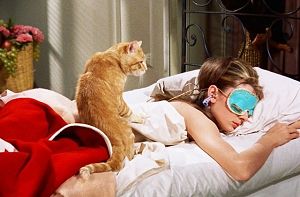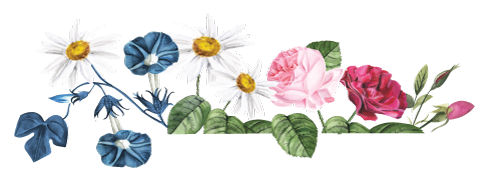
After sleeping on the same mismatched set of sheets for far too many years, the time has come to turn a new leaf and start getting serious about your bedding. And what better opportunity to build your dream bed than when sorting out your wedding registry? There’s only one problem: Where do you even begin?
In truth, not many people know where to start when looking for quality bed linens. John Robshaw and Les Indiennes are widely beloved for their Indian block-printed style bedding, and traditionally, D. Porthault, Matouk, and Frette have been considered the ne plus ultra of luxury bedding. When it comes to this once-in-a-lifetime gifting opportunity, those three brands are definitely worth adding to the list.
However, the existence of this holy trinity of sorts does not mean that affordable bedding can’t be high quality. Ikea’s sheeting, which are all priced well below fifty dollars, can be truly wonderful. And in the past few years, a series of millennial-minded companies have sprung up with the explicit goal of providing excellent bedding at an affordable price. In this group, the names to know are Parachute, Brooklinen, and Coyuchi. Hill House Home, which sells luxury linens that are easily personalized, is another rising brand you should consider.
As for the technical know-how when it comes to selecting bedding, first things first: the oft-misunderstood thread count. Thread count is the total number of threads, or yarns, per square inch of a fabric. It is determined by counting the total number of warps (vertical threads) and wefts (horizontal threads) within this given area.
With it comes to thread counts, bigger is generally considered to be better. And this is true…to a certain extent. The maximum number of threads that can fit within a square inch of fabric is 800. Therefore, if you see bedding advertised with a thread count higher than 800, you’re most likely being duped!
However, thread count isn’t the only factor that contributes to the quality of bedding. Each thread, or yarn, has a certain number of plys. A three-ply yarn includes three separate threads twisted together to make a single yarn, and is therefore stronger.
Fiber type is also key when it comes to considering bedding. Flannel sheets, which are generally made out of wool, are obviously intended for the cooler months. Cotton has a reputation as a breathable fabric. However linen, which comes from the flax plant, is in fact better in this regard. Linen drys faster than cotton and is a stronger fiber; it also softens with each wash, which cotton does not do. However, while both fibers have poor dimensional stability (i.e., they wrinkle), linen is far more prone to this problem.
As for the difference between sateen and satin sheets? Sateens are generally made out of cotton, while satins are traditionally woven out of silk. A sateen-woven cotton set of sheets will have a somewhat silky hand or feel. But be warned, these types of fabric are more prone to snags.
Below, we’ve rounded up a sampling of our favorite bedding currently on the market. From trendy linen to beautifully embroidered sheets, consider this your starter brainstorming kit.












